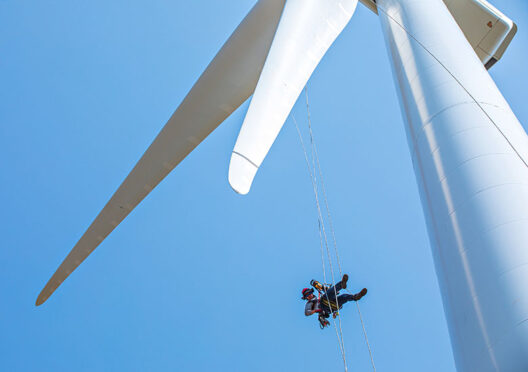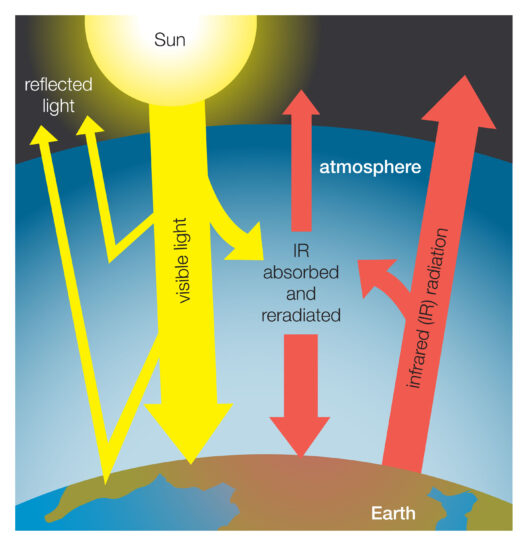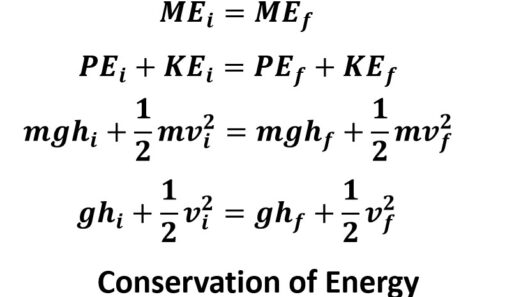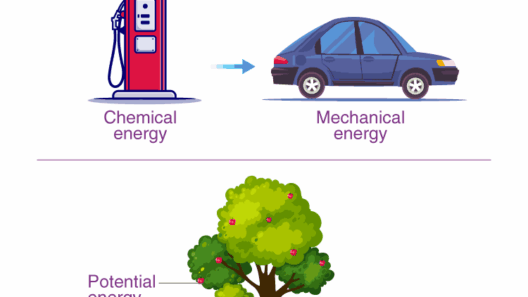In the realm of physics, particularly when dissecting the dynamics of collisions, energy conservation stands as a cardinal principle. Yet, when it comes to inelastic collisions, this principle presents a fascinating conundrum. Rather than merely determining whether energy is conserved, it invites one to explore how energy transitions between states, creating a multifaceted dialogue around the conservation laws that govern our universe.
Understanding energy transfer during inelastic collisions unveils a rich tapestry of interactions reminiscent of dancers in a swirling vortex, each spin and turn dictated by the invisible threads of force and energy. An inelastic collision is characterized by a transformation; rather than rebounding with the vigor that characterizes elastic collisions, objects in an inelastic event clump together, surrendering some kinetic energy in the process. This phenomenon posits a thought-provoking question: if energy appears to be dissipated, where does it go? And more intriguingly, can we truly affirm that energy is conserved?
Inelastic collisions demonstrate the principle of conservation of momentum, while energy conservation morphs into a more nuanced discussion about its redistribution. The lost kinetic energy transmogrifies into myriad forms: thermal energy, sound, and even structural deformation. This loss beckons us to reconsider our interpretation of conservation. Herein lies a poetic complexity; we are invited to witness energy’s metamorphosis in every encounter, straddling the delicate line between science’s rigid laws and the allure of transformation.
Finally, this pushes us to embrace the broader implications of energy conservation principles beyond mere numbers on paper. How do these transformations reflect broader patterns in nature? Are there metaphors in ecological systems for the ways we interact on a societal scale? Exploring these dimensions enriches our understanding of physics and illuminates the interplay of energy and matter that underpins our existence.
This intricate dance between kinetic and potential energy is where we delve deeper. What occurs in an inelastic collision? When two vehicles collide at an intersection, the outcome is not merely highway detritus; it is a phenomenal event showcasing the profound complexities of energy interaction. The vehicles yield to each other—not merely bouncing off but merging into a unified mass, demonstrating that inelastic collisions create a lingering trace of energy rather than a simple rebound.
To dissect this transformation requires a firm grasp of physics’ core principles. When we say energy is “lost” in an inelastic collision, we must recognize that this is a simplification. Energy is not destroyed; it is transmuted. In inelastic collisions, kinetic energy—the energy of motion—is converted to other energy forms. Often, this energy dissipates as sound—the crash reverberating in the air—or as heat, heating the crumpled metal and the asphalt beneath. In this metamorphosis, sound waves travel through our atmosphere, striking an auditory chord that echoes the violence of the event while highlighting the transformation of energy from one form to another.
The implications extend beyond mere understanding; they collide head-on with societal concepts. Consider our modern world, where high-speed connectivity is akin to the tension between moving vehicles in an intersection. The energy produced in our technological marvels, much like that kinetic energy, can radiate through multiple channels—productive innovation at one moment, moments of ecological harm or social disarray in the next. Are we witnessing an analogous inelastic collision on a global scale?
In ecological terms, the energy transfer during inelastic collisions mirrors the inherent balances we see in nature. An ecological system, too, is a continuous cycle of energy transformation. When predators capture prey, energy does not vanish; instead, it travels further along the food web, much akin to how kinetic energy dissipates into other forms in a collision. Thus, studying these principles reminds us of the interconnectedness that threads through different phenomena, linking the microcosm of individual collisions to the macrocosmic dance of the universe.
As scientists and environmentalists alike seek innovative methods for sustainability, acknowledging these energy transformations might offer invaluable insights. Just as researchers study inelastic collisions to predict outcomes based on energy transfer, so too can we analyze ecological systems and their responses to human impact by understanding the shifts in energy flows. A shift towards renewable energy or recycling could be seen as a profound act of ‘reclaiming’ lost energy, shifting the focus from destruction to regeneration.
Ultimately, the exploration of energy conservation in inelastic collisions propels us into an intricate dialogue about the nature of change and interconnectedness in our universe. By embracing the metamorphosis of energy rather than viewing it as static, we broaden our understanding of not only physics but also the environmental and social systems that frame our daily lives.
This inquiry beckons reflection. As we navigate the complexities of modernity, the principles illustrated in physics resonate throughout our ecosystemic engagement and societal interactions. We are reminded, persistently, that energy in all its forms—be it kinetic, thermal, or potential—serves as the lifeblood of existence. Embracing this dynamic narrative cultivates not only a deeper comprehension of scientific phenomena but also a more profound appreciation for the interconnectedness of life, urging us to reflect on our impacts and our responsibilities in the grand tapestry of energy flow.







